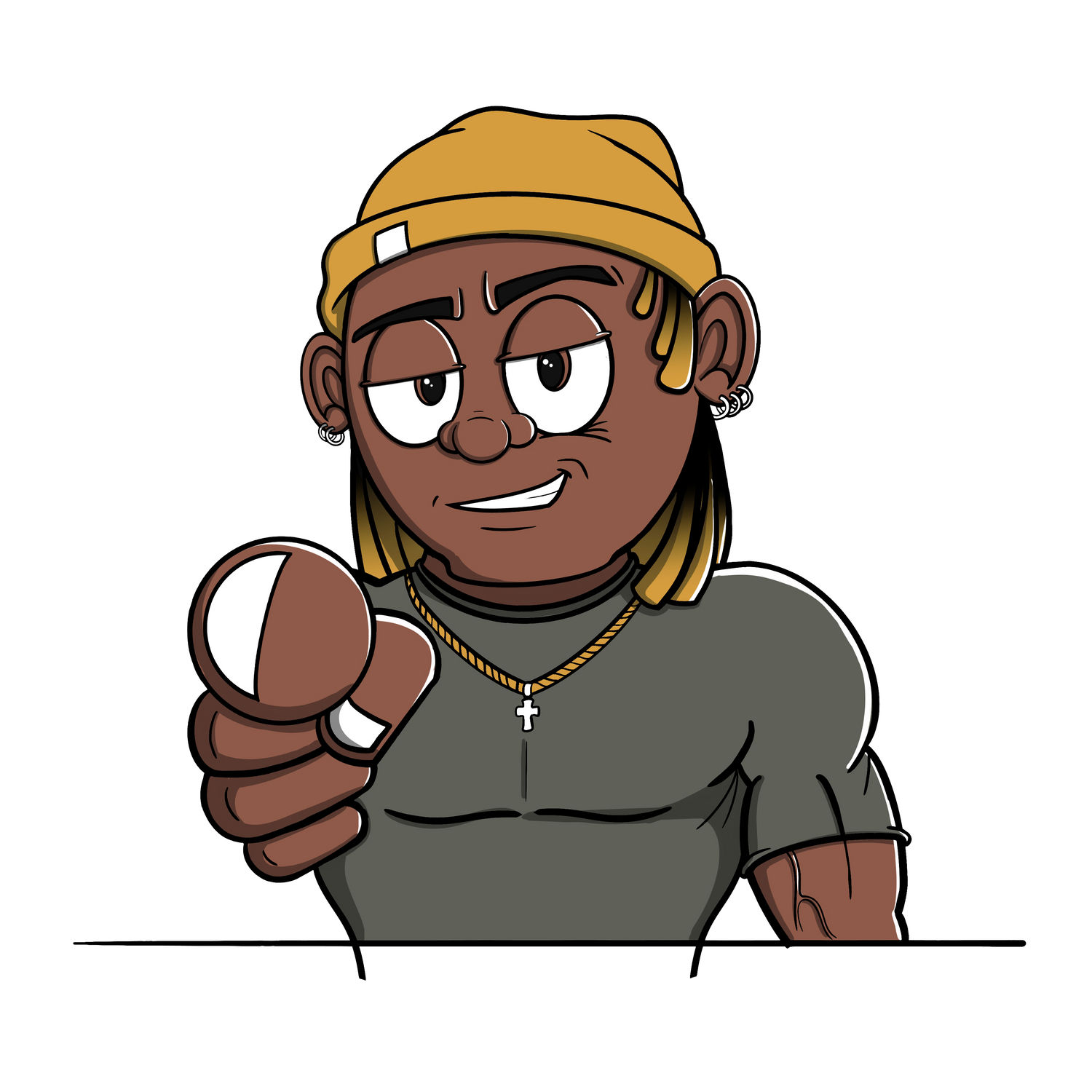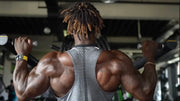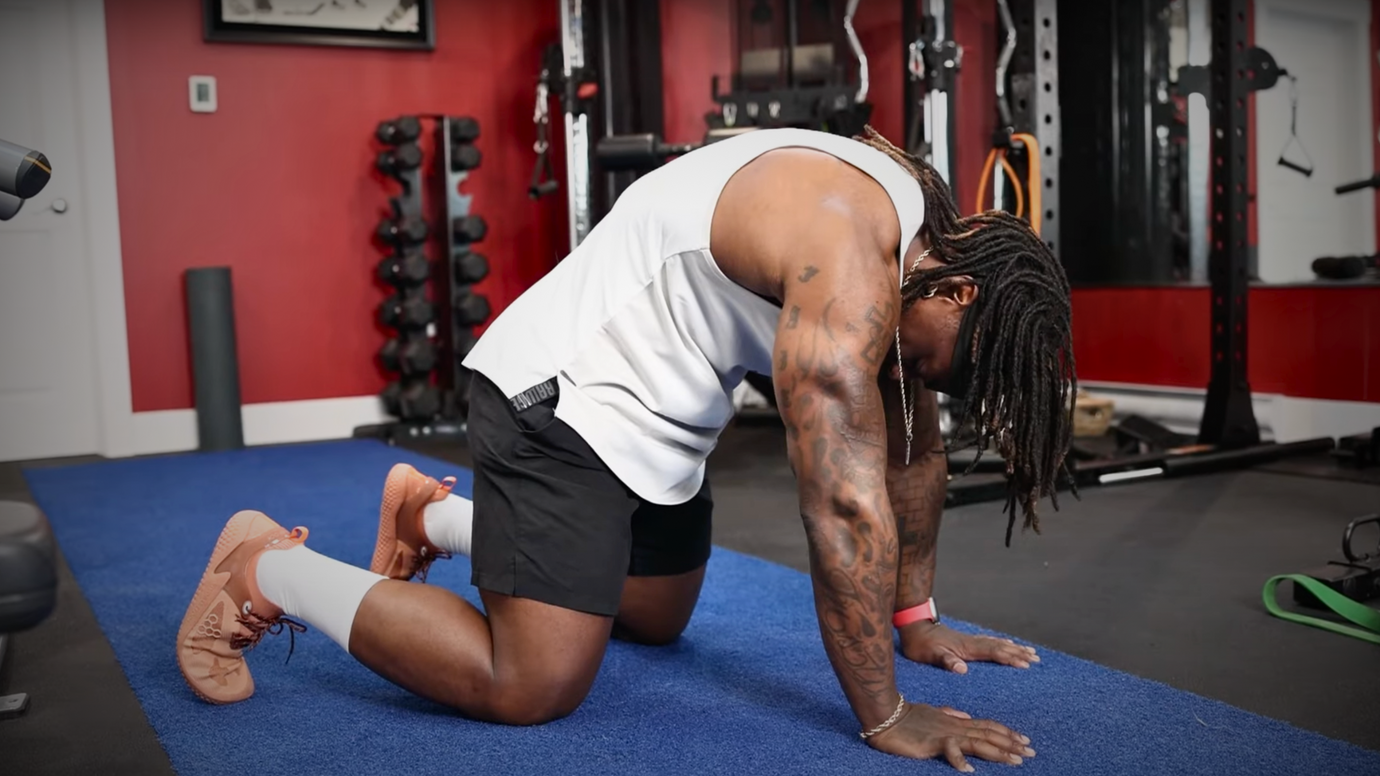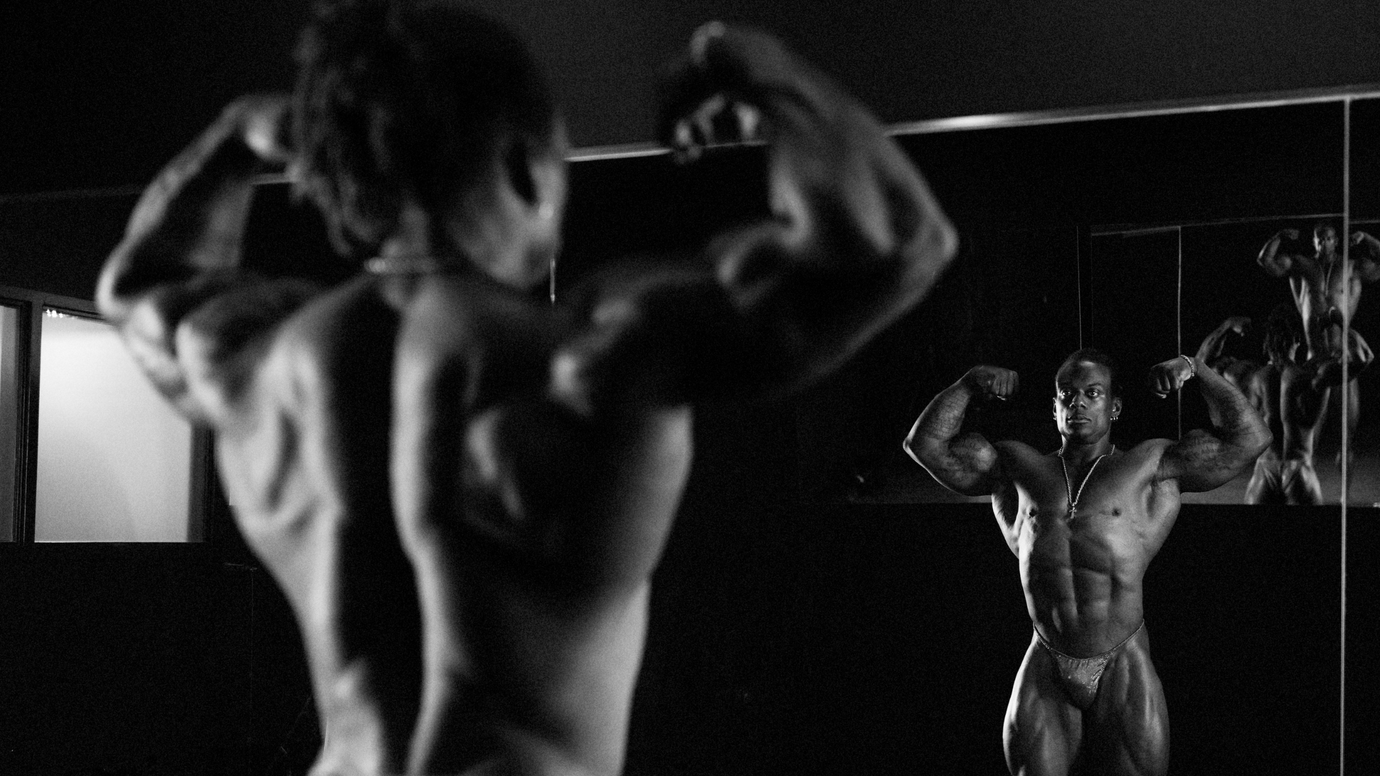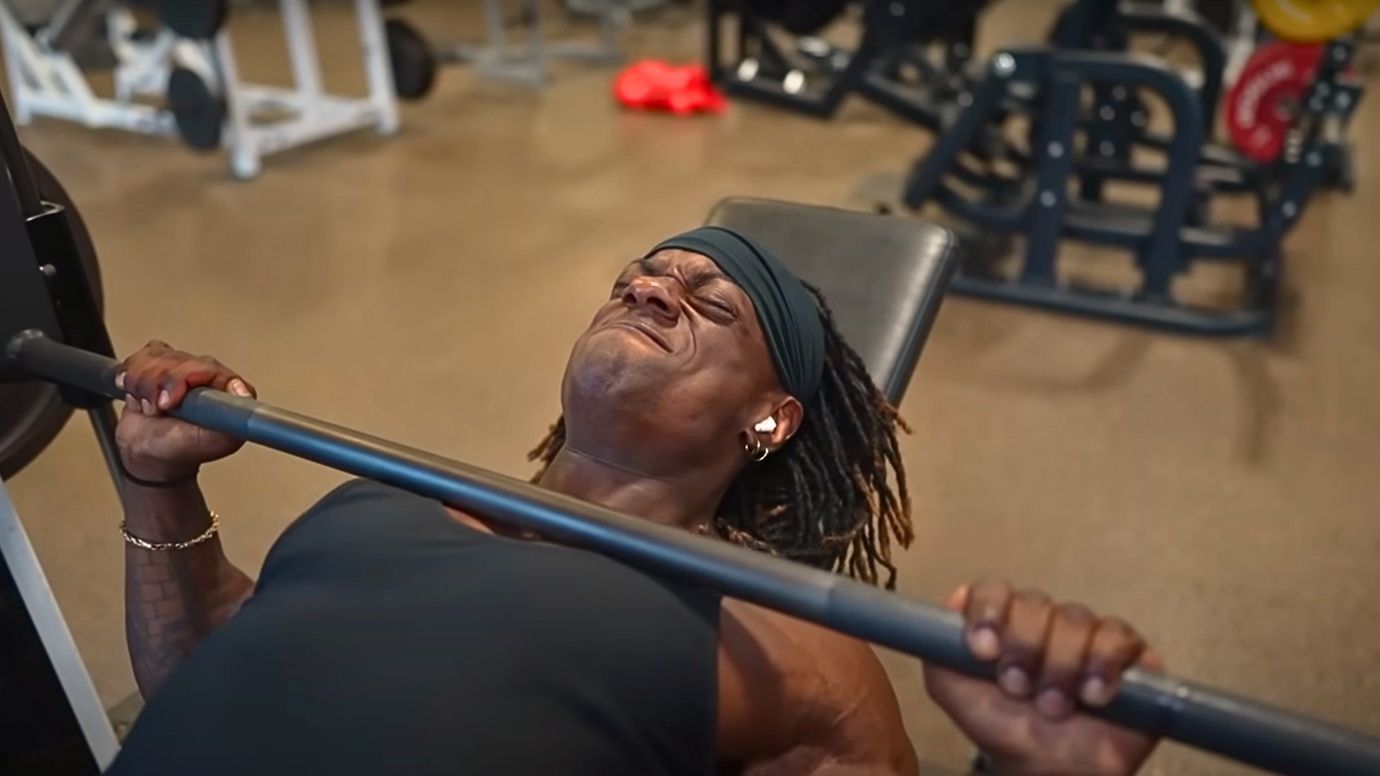7 Essential Tips For Recovery - Maximize Muscle Growth
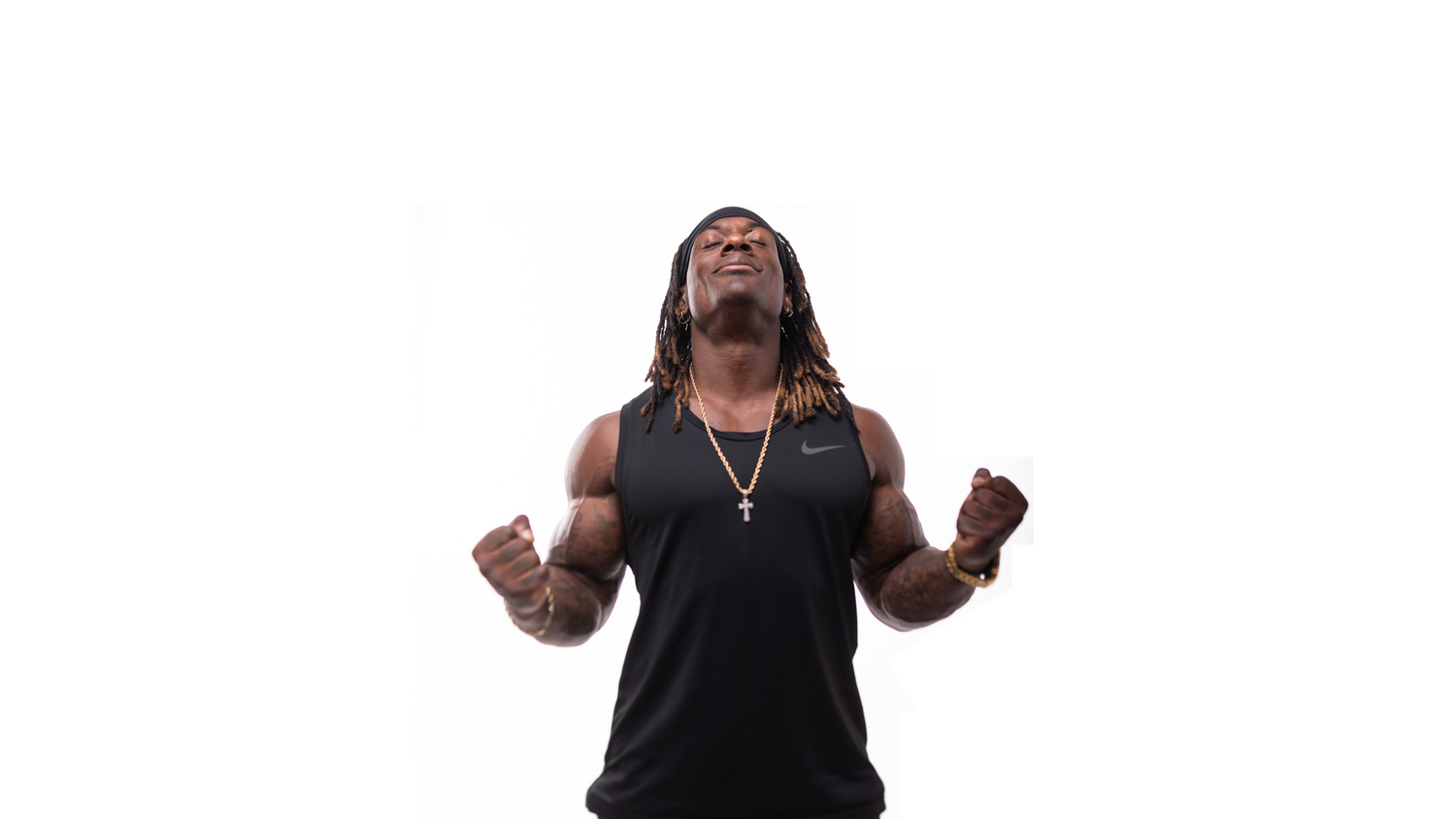
We all know how important it is to hit the weights, but how's your recovery? What you do after your workout is just as important as the workout itself. So, I've put together a list of 7 Essential Tips to help you recover faster and get the most growth out of your workouts.
7 Tips to Up Your Recovery Game

1. Active Recovery: 🏃🏾♂️
Rest days are not meant for lounging around. Instead, get moving!
Engaging in light exercises on recovery days can work wonders for muscle development. Incorporating active recovery into your routine actually aids in muscle growth.
When we exercise, our muscles undergo stress and cause small tears. It's the time after working out that our muscles repair and rebuild, leading to growth and strength development.
By participating in activities like walking or biking, you are not only allowing your muscles to relax and rejuvenate, but you are also promoting blood flow to the muscles, which aids in delivering essential nutrients and oxygen for optimal recovery and growth.
We want low-impact exercise to help stimulate blood circulation, further enhancing nutrient delivery to the recovering muscles.
This also promotes the removal of waste products, reducing muscle soreness and aiding in the recovery process.
So, don't forget to keep your body in motion on those days off.

2. Proper Nutrition: 🍗
You need to be fueling your body properly if you want to grow. Even on your days off!
When it comes to post-workout nutrition, it's important to focus on providing your muscles with the necessary nutrients for replenishment and repair.
Prioritize Protein! Lean meats such as chicken, turkey, and fish are excellent sources. Other protein-rich options include eggs, beef, and Greek yogurt. You can even throw in a protein shake in if you really need to.
Just make sure you're hitting your daily protein target.
In addition to protein, complex carbohydrates play a vital role in replenishing your energy stores. Whole grains like quinoa, brown rice, and oatmeal are rich in fiber and provide a slow release of energy, helping you recover and refuel more effectively.
Additionally, fruits, especially those high in natural sugars like bananas and berries, can provide a quick source of carbohydrates and essential vitamins.
By incorporating a balanced post-workout diet you are supporting muscle repair, replenishing energy stores, and maximizing your recovery for future workouts.

3. Hydrate, Hydrate, Hydrate!: 💧
Hydration is not just important during your workouts; it plays a vital role in your muscle and strength development.
Proper hydration is essential for optimal muscle elasticity, joint lubrication, and overall body function. It may not seem important, but it plays a huge role in your ability to heal and grow.
Here are just a few roles hydration plays in your fitness journey:
- When you stay hydrated, you support the transportation of nutrients to your muscles, aiding in their growth and repair.
- Adequate hydration helps to regulate body temperature, allowing your muscles to perform optimally during exercise.
- Staying hydrated promotes efficient blood flow, which ensures that nutrients and oxygen reach your muscles, further enhancing their strength and endurance.
- It assists in the removal of waste products, reducing the risk of muscle cramps, fatigue, and injury.
As you can see, water is pretty important.
So, remember to keep a water bottle handy and make hydration priority if you want to see real growth.

4. Get Quality Sleep: 💤
Sleep is not a luxury; it's a necessity.
For your muscles to grow and repair you NEED to sleep. Sufficient sleep is essential for your body to adapt to the demands of training.
During sleep, your body releases growth hormones, which are essential for muscle growth and repair.
Sleep also promotes protein synthesis, the process by which your body builds new muscle tissue. If you're not getting your shut-eye, your muscles may not have the opportunity to fully recover and grow, which will set you back in your fitness journey.
In addition to muscle growth, sleep plays a crucial role in your ability to perform. Lack of sleep equals lack of strength, endurance, and coordination. Making it more difficult to put in the reps necessary to build muscle.
To optimize your muscle-building potential, strive for a consistent sleep schedule and create an environment that promotes quality sleep.
Establish a bedtime routine, create a comfortable sleep environment, and minimize exposure to electronic devices before bed, do what you need to do to get the sleep your body needs.

5. Stretch and Move: 🙆🏾♂️
Regular stretching and mobility exercises are not only beneficial for improving flexibility and reducing muscle stiffness, but they also play a crucial role in promoting muscle growth and development.
Performing static stretches targeting major muscle groups after your workout enhances flexibility promotes healing, and muscle development.
So, don't underestimate the power of stretching and mobility it could be the missing piece standing between you and your dream physique.
6. Massage and Foam Rolling:💆🏾♂️
Treat your muscles to some pampering with massage and foam rolling techniques that aid in recovery.
These techniques can work wonders by not only breaking down muscle knots, increasing blood flow, and reducing muscle tension, but also by stimulating muscle growth and enhancing muscle fiber repair.
These routines can target specific areas, alleviate muscle soreness, and unlock your muscles' true potential for growth.
By increasing circulation you're delivering essential nutrients and oxygen to your muscles, facilitating the repair and growth process.
Additionally, massage and foam rolling help to release built-up lactic acid and other metabolic waste, further aiding in muscle recovery and growth.
So, if it's in the budget, schedule regular massage therapy sessions or start using foam rollers. You'll be glad you did.

7. Cold and Heat Therapy: 🥶🥵
Consider alternating between cold and heat therapy as part of your post-workout recovery routine.
Cold therapy, such as applying ice packs or taking cold showers, helps to reduce muscle soreness and inflammation.
Cold therapy: can look like applying ice packs or cold showers, which helps reduce muscle soreness and inflammation.
On the other hand, heat therapy, like using heating pads or enjoying warm baths, promotes increased blood flow, which delivers essential nutrients and oxygen to your muscles
Heat therapy: can involve using heating pads or taking warm baths, which can promote blood flow, relax muscles, and enhance recovery.
Incorporating alternating cold and heat therapy into your post-workout recovery routine can have significant benefits.
Experiment with these therapies to find what works best for your body.
As we wrap up this discussion on unlocking muscle potential and optimizing post-workout recovery, it's evident that there are a range of strategies that can significantly impact our fitness progress. So, remember, recovery is more than just a pause between workouts. It's a way of life! So, embrace your recovery and get those gains.
Elevate Your Training Today!

If you're ready to maximize your growth and finally achieve your dream physique, check out some of the effective resources on my website, Jonnieshreve.com.
🔥Private 1 on 1 Online Coaching
, you can find it all!
And if you’re looking to hit the stage this year, check out my Hardcore Training Contest Prep! 💪🏾
